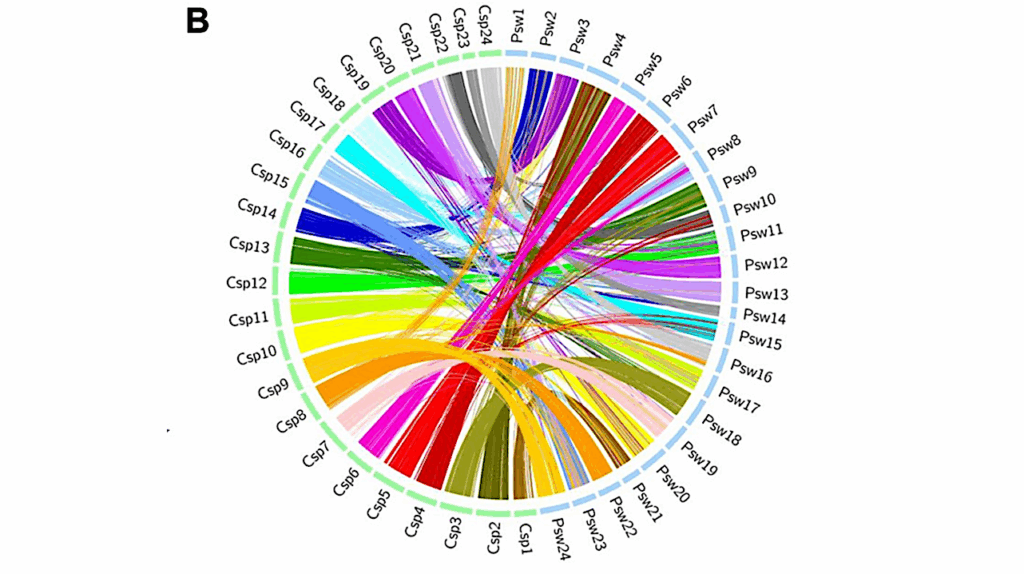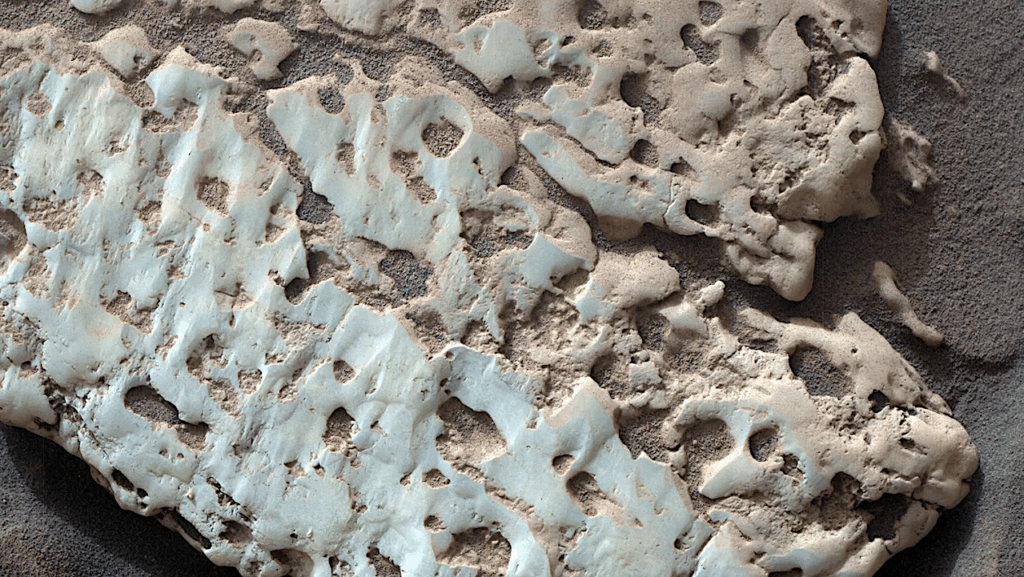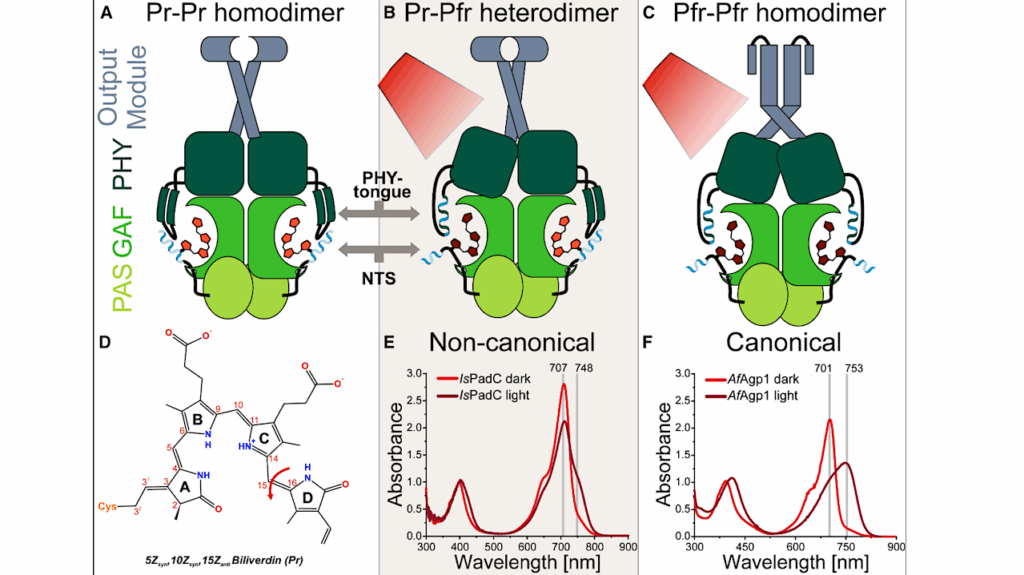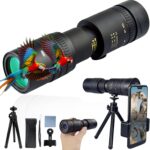Now Reading: Improving Spectroscopic Detection Limits with Multi-Pixel Signal-to-Noise Ratio Calculations: Application to the SHERLOC Instrument aboard the Perseverance Rover
-
01
Improving Spectroscopic Detection Limits with Multi-Pixel Signal-to-Noise Ratio Calculations: Application to the SHERLOC Instrument aboard the Perseverance Rover
Improving Spectroscopic Detection Limits with Multi-Pixel Signal-to-Noise Ratio Calculations: Application to the SHERLOC Instrument aboard the Perseverance Rover

Improving Spectroscopic Detection Limits with Multi-Pixel Signal-to-Noise Ratio Calculations
Background
The Scanning Habitable Environments with Raman and Luminescence for Organics and Chemicals (SHERLOC) instrument on NASA’s Perseverance rover is a deep ultraviolet Raman and fluorescence instrument used for organic and mineral mapping of the Martian surface. Flight instrument design and operational constraints lead to observations with low signal Raman features that must be statistically differentiated from measurement noise.
There are many methods to calculate signal-to-noise ratios (SNR) in the Raman literature and we find that these are not equivalent. Thus, there is a need to 1) understand the differences and assumptions within SNR calculations, 2) aid in the comparison of SNR values across literature, and 3) identify SNR calculation methods that optimize limit-of-detection (LOD) based on the instrument characteristics.
Result
We quantitatively compare methods in which signal-to-noise ratios (SNR) are calculated in Raman spectroscopy. Methods are separated into two broad categories, multi-pixel methods that utilize information across the full Raman bandwidth and single-pixel methods that use only the center pixel in the Raman band. We compare three SNR calculation methods on a standardized SHERLOC data set and show that multi-pixel methods detect spectral bands prior to single-pixel methods.
This occurs because single-pixel methods only include signal from one pixel, ignoring the remaining signal across the bandwidth. While the manuscript focuses on Raman spectroscopy for application to SHERLOC data, the SNR calculation methodology can be utilized by any technique that reports spectral data.
Significance
This work is the first to report significant differences between methods of calculating spectroscopic SNR. This manuscript is of broad application with at least 3 points of major impact: 1) different SNR calculation methods are not equivalent and cannot be compared across literature, 2) multi-pixel SNR methods include signal from across the entire Raman bandwidth, improving the assessment of spectral features compared to single-pixel methods, and 3) we confirm a SHERLOC signal previously interpreted as the first Raman detection of organic carbon on the martian surface.
Astrobiology
Stay Informed With the Latest & Most Important News
-
 01From Polymerization-Enabled Folding and Assembly to Chemical Evolution: Key Processes for Emergence of Functional Polymers in the Origin of Life
01From Polymerization-Enabled Folding and Assembly to Chemical Evolution: Key Processes for Emergence of Functional Polymers in the Origin of Life -
 02Panasonic Leica Summilux DG 15mm f/1.7 ASPH review
02Panasonic Leica Summilux DG 15mm f/1.7 ASPH review -
 03Two Black Holes Observed Circling Each Other for the First Time
03Two Black Holes Observed Circling Each Other for the First Time -
 04How New NASA, India Earth Satellite NISAR Will See Earth
04How New NASA, India Earth Satellite NISAR Will See Earth -
 05And Thus Begins A New Year For Life On Earth
05And Thus Begins A New Year For Life On Earth -
 06Astronomy Activation Ambassadors: A New Era
06Astronomy Activation Ambassadors: A New Era -
07SpaceX launch surge helps set new global launch record in 2024



















